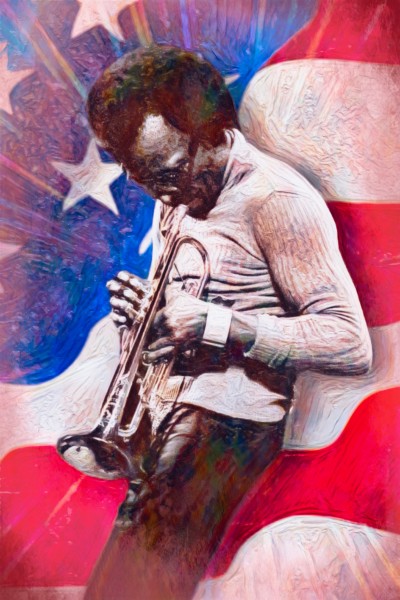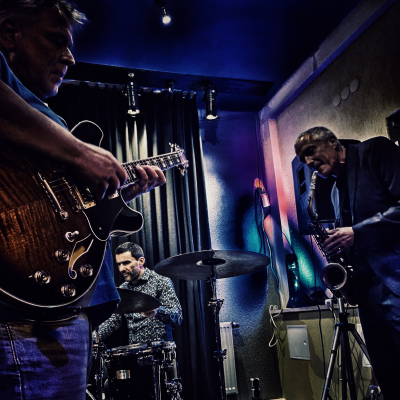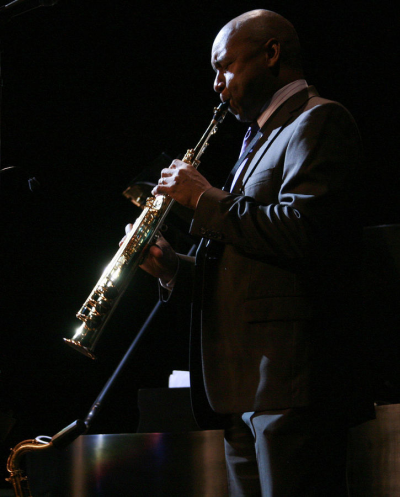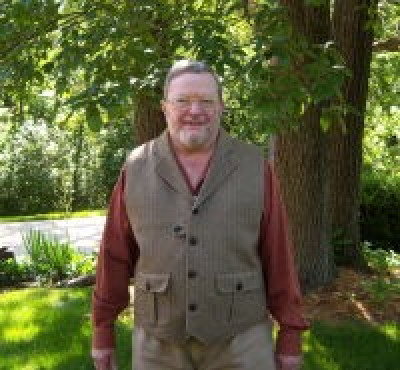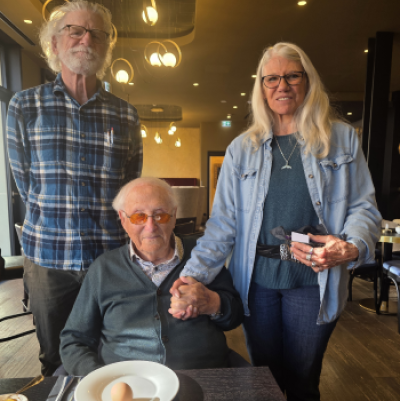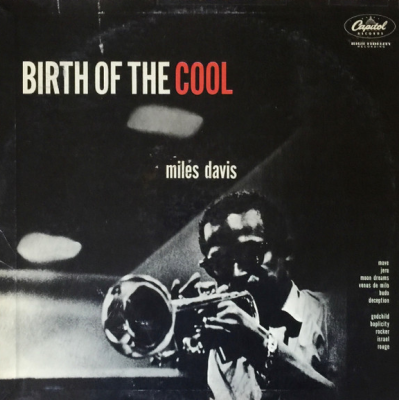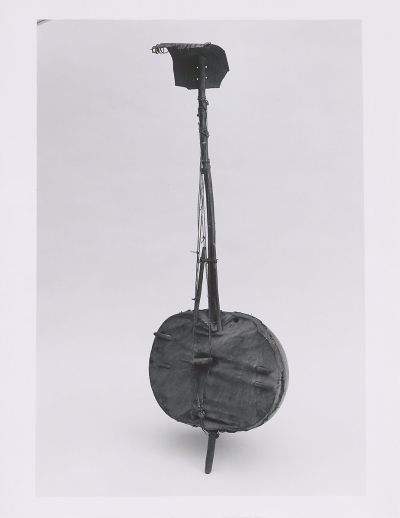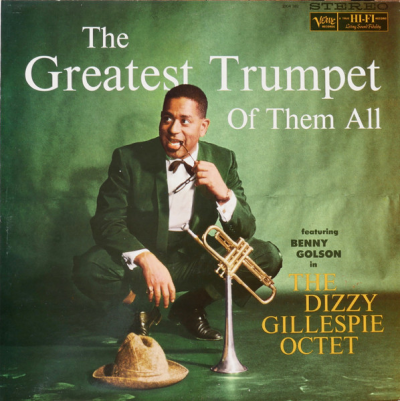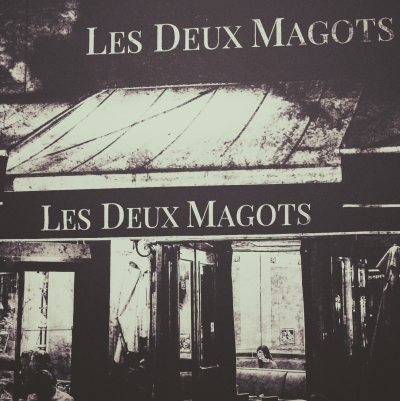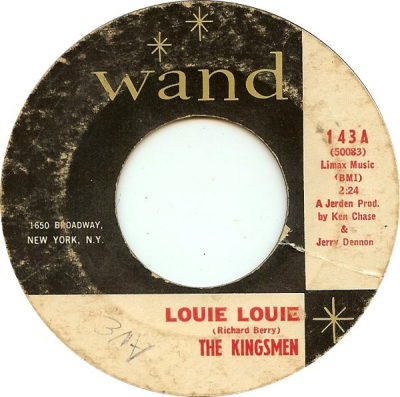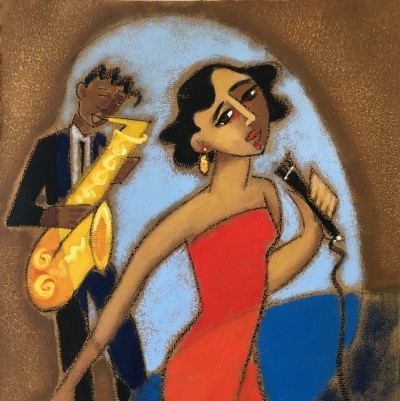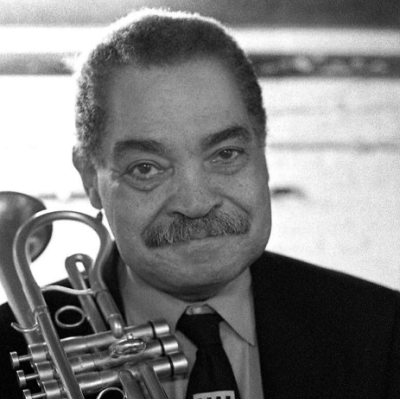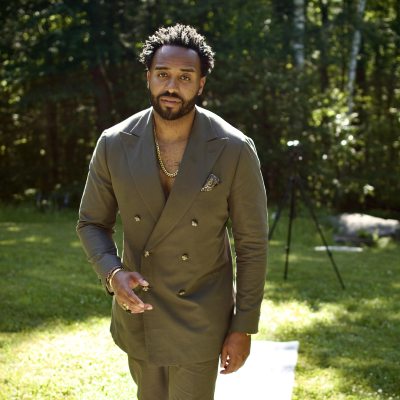Joshua Berrett’s Louis Armstrong and Paul Whiteman: Two Kings of Jazz is a dual biography of two great innovators in the history of jazz. One was black, one was white — one is now legendary, the other nearly forgotten. Berrett offers a provocative revision of the history of early jazz by focusing on two of its most notable practioners — Whiteman, legendary in his day, and Armstrong, a legend ever since.
 Whiteman’s fame was unmatched throughout the twenties. Bix Beiderbecke, Bing Crosby, and Jimmy and Tommy Dorsey honed their craft on his bandstand. Celebrated as the “King of Jazz” in 1930 in a Universal Studios feature film, Whiteman’s imperium has declined considerably since. The legend of Armstrong, in contrast, grows ever more lustrous: for decades it has been Armstrong, not Whiteman, who has worn the king’s crown.
Whiteman’s fame was unmatched throughout the twenties. Bix Beiderbecke, Bing Crosby, and Jimmy and Tommy Dorsey honed their craft on his bandstand. Celebrated as the “King of Jazz” in 1930 in a Universal Studios feature film, Whiteman’s imperium has declined considerably since. The legend of Armstrong, in contrast, grows ever more lustrous: for decades it has been Armstrong, not Whiteman, who has worn the king’s crown.
Berrett’s book explores these diverging legacies in the context of race, commerce, and the history of early jazz. Early jazz, Berrett argues, was not a story of black innovators and white usurpers. Berrett presents a more compicated story — a story of cross-influences, sidemen, and sundry movers and shakers who, he argues, were all part of a collective experience that transcended the category of race. In the world of early jazz, he contends, kingdoms had no borders.#
Berrett joins Jerry Jazz Musician publisher Joe Maita in an October 4, 2004 conversation.
*
Louis Armstrong and Paul Whiteman
“Armstrong’s supreme position in the jazz pantheon as the first great soloist has never been in doubt. As Dan Morgenstern has put it: ‘Though he was never billed as the King of Jazz, Armstrong is the only legitimate claimant to that title. Without him there would of course have been the music called jazz, but how it might have developed is guesswork. This extraordinary trumpeter and singer was the key creator of the mature working language of jazz.’ That regal title was at one time bestowed on Whiteman, first as part of an advertising campaign for brass instruments and later in a 1930 movie. Yet his role as an outstanding pioneer has generally been far more problematic, especially starting in the 1930s; more often than not he has been condemned in jazz history as a usurper or else been expunged from the record altogether.”
– Joshua Berrett
*
JJM Your book revisits the world of early jazz and examines, compares and contrasts the work of Louis Armstrong and Paul Whiteman, who the cultural critic Gerald Early refers to as “the twin father figures of American popular music both heavy and both popular as personalities as much as for their musical abilities two fathers, one black and one white.” What did you set out to accomplish with your book?
JB What I am trying to show is that there is a give and take between the so-called black and white areas of music. The book is really a cultural history of jazz during the twentieth century — the American century — which was clearly and decisively shaped by jazz and modernism. The whole point I am trying to make in the book is that jazz is not the legacy, entirely, of African Americans, and I am trying to restore a balance to our view of jazz. Also, to be very clear in pointing out that the word itself, “jazz,” is extremely slippery, and has been subject to enormous change. If you look at its history, it was very much a function of the political agenda of the time, and who was writing about it. That’s a big part of what I try to address, how commerce and various political agendas helped shape the writing of jazz.
JJM How was the word “jazz” used in, let’s say, the twenties?
JB It was a very loose term for pop music, and used for anything that was lively or that people could dance to. There was always the fascination with syncopation, animal dances and a certain earthiness, but there was no real iron clad definition for “jazz” that you can come up with. Most people just wanted to go out and have a good time, and dance to the strains of ensembles like Paul Whiteman and his Orchestra. So, while it was very much a part of the whole headlong rush of the twenties, I don’t think there was any clear textbook definition for it. What is really astounding, if you ever watch King of Jazz, the movie featuring Whiteman, you will notice there is virtually no jazz in it. The jazziest number is Gershwin’s Rhapsody in Blue. Most of it is made up of what we would today call popular music or salon music. The movie is really like a variety show, in many ways.
JJM Is Whiteman’s recording of Rhapsody in Bluean example of how black and white musical worlds intermingled during that era?
JB Well, I believe there is something to that — it was the way it was marketed — and it was an effort to give jazz more mass appeal. It is complicated, obviously, by the fact that it was the era of Jim Crow laws and prohibition, therefore people would go “slumming” on Chicago’s South Side or in Harlem. But I am thinking of the mass media and the different ways the music could be heard — on the radio, in film, and on the records themselves. The era was obviously segregated, and there were these very discrete populations to whom the recordings were distributed. What would be fascinating to determine is how many of the same people who bought a recording by or listened to Paul Whiteman also bought “race records,” which would have included the earliest recordings of King Oliver and Louis Armstrong. It is very hard to reconstruct that kind of history, and to get a really definitive answer.
JJM When did Armstrong and Whiteman begin to move in intersecting orbits?
JB I think it begins in the thirties, when, in a way, Armstrong is packaged more as a big band leader. That is something people often ignore. They focus on his “Hot Five” or “Hot Seven” recordings, which represents a rather limited phase of his whole career. But for much of his life, he was fronting a big band and promoting popular songs. I see a big intersection there, and it continues, pretty much, until 1947, when Armstrong’s All Stars are formed. Of course, by this time, Whiteman was effectively out of the picture.
It is very difficult to pinpoint certain moments where their careers may have intersected. They had two individual, parallel careers that in different ways embraced jazz and pop music while straddling the racial and national divide. They became international icons at different times — by 1923, Whiteman was known in Europe, while Armstrong made it big in Europe in the late twenties and early thirties.
JJM One of the things that I was reminded of while reading your book was America’s fascination of the exotic at the time
JB The fascination with the exotic goes back to the teens, with the fascination of the animal dances, the Barbary Coast, and the fox trot. This fascination starts then and continues very clearly with Armstrong in the United States, but also in France. I write about how he was received at Salle Pleyel by Hugues Panassie in the early thirties, when Stephane Grappelli and Django Reinhardt just wanted to hear Armstrong’s deep, gravelly voice. They hardly knew a word of English but there was something exotic and quite out of their world about Armstrong that really grabbed them.
JJM What did Whiteman mean when he said he wanted to make a “lady” out of jazz?
JB That is generally code for saying that he wanted to make it acceptable to a white, middle class audience, and also to apply certain practices of classical music to it. While Whiteman was fascinated by orchestration, he was very acutely aware of the need for an earthy, gutsy, bluesy sound. When Bill Challis joined him as arranger, that really took hold. So, making a “lady” out of jazz was the idea of creating some kind of a controlled ensemble sound lacking in the so-called “hot” jazz of Armstrrong, yet would also capture its earthiness. This was a much more complicated thing than people realize because the Hot Five and Hot Seven ensembles really did rehearse quite carefully, and planned what they played. This naïve notion that they just made it up as they went along is totally untrue. Armstrong was very conscious of the balance between the soloist and the ensemble.
JJM Talk a little about Whiteman’s vision for jazz on the concert stage?
JB He was trying to invigorate the whole language of modern music, using jazz idioms — some of the syncopation, some of the saxophone sonorities, the blues sounds — to energize the world, and I think that largely he succeeded. From the dance band stage, he believed he could incorporate European classical elements with what he felt to be jazz elements, especially standard blues qualities, syncopation, and certain kinds of instrumentation.
One of the things I develop in the book is that this whole strain of symphonic jazz can be traced all the way from Whiteman’s Rhapsody in Blue to the latest music of Wynton Marsalis. This is clearly traceable to Paul Whiteman, although there are precedents to Rhapsody in Blue you are perhaps familiar with — La creation du monde, by Darius Milhaud, Stravinsky’s Ragtime, as well as efforts by James Reese Europe in the teens. But Whiteman’s Rhapsody in Blue struck gold and became the basis for a whole tradition of symphonic jazz.
JJM What do you suggest we listen to that exemplifies Whiteman’s transformation of his sound into something that could be categorized as “hot”?
JB I would say virtually everything that he recorded while Bix Beiderbecke and Bing Crosby were with the band — as well as some of the recordings with Mildred Bailey. “Mississippi Mud” would be a good example. If you listen closely, there is a real effort to raise the temperature of the music, and when he hired Bill Challis, he did so for that purpose.
JJM When did he begin to sense that there were limitations to symphonic jazz, and how did he respond to it?
JB The limitations really persisted with him all the way through the early forties. He premiered Rhapsody in Blue in 1924 as part of his eight experiments in modern music, and his mission carried through to the early forties when he did that rather fascinating West Coast session with Billie Holiday, which was like the last gasp of his pop sound. But clearly, the eight experiments in modern music were very conscious efforts to achieve a synthesis of European music and jazz — that was his express purpose. That is subsumed by the word “modern.” The whole idea is that jazz is what made American music modern, and without jazz, music would not be modern.
JJM You write, “ the process of how Armstrong came to be written into jazz history as one of its very greatest icons and a symbol of proletarian ‘people’s’ music, even as Whiteman was relegated to the sidelines, is very much part of our story. Whiteman was a casualty of a socialist agenda coupled with the heightened black consciousness emerging during and directly after World War II. And it was a political process which effectively denied or ignored much of what he had achieved to foster the careers of such African American musicians as Don Redman, Earl Hines, William Grant Still, Duke Ellington, and others.” This isn’t a view commonly held by other historians, is it?
JB I don’t think so, and it is why I felt I had a certain mission in writing this book. To be honest, if you open a typical jazz reference book, there are two things Whiteman will be mentioned for; one is that he commissioned Gershwin to write Rhapsody in Blue, and the other is that Bix Beiderbecke played with him, essentially nurtured him, and offered him his chair back while he was dealing with his alcoholism. It is quite interesting, because I have some very well informed friends and members of the family who were very surprised when I even told them that Paul Whiteman had commissioned Gershwin to write Rhapsody in Blue. So, what I tried to do in the book is put Whiteman in a much larger context, and to show that he really went out on a limb. For example, in 1931 he wrote an affidavit in support of Armstrong when he was being threatened by the mob, saved Earl Hines from losing his job at the Terrace in Chicago, and got William Grant Still an important job as an arranger, commissioned Duke Ellington, and on and on. But then what happens is, starting in 1928 with the Communist International, and accelerating with the Scottsboro trial of 1931, a polarization sets in. The idea of blacks being a victimized race and the Communist Party rallying to their cause was very radicalizing for some. The Scottsboro trial radicalized John Hammond — who described himself as a “New York social dissident” — and it changed his perception of the world, and of blacks, and he felt that he somehow had to serve them to the virtual exclusion of whites.







